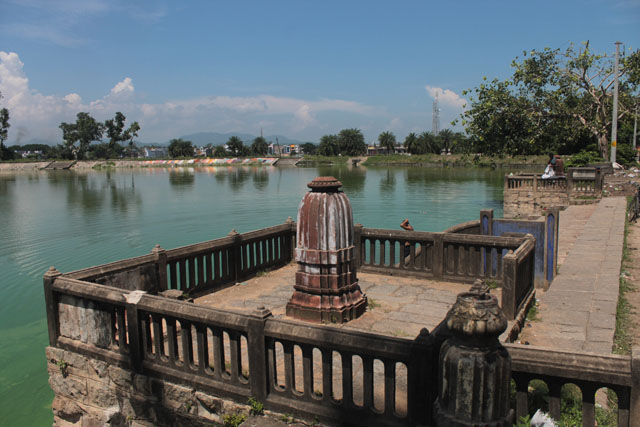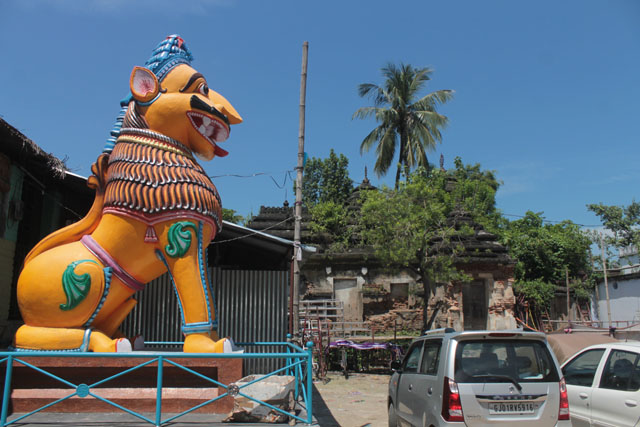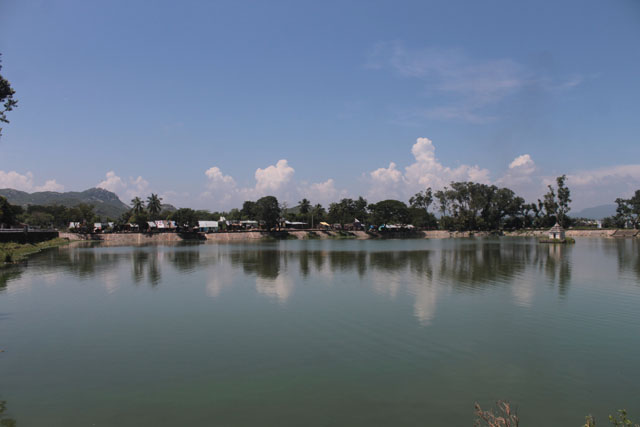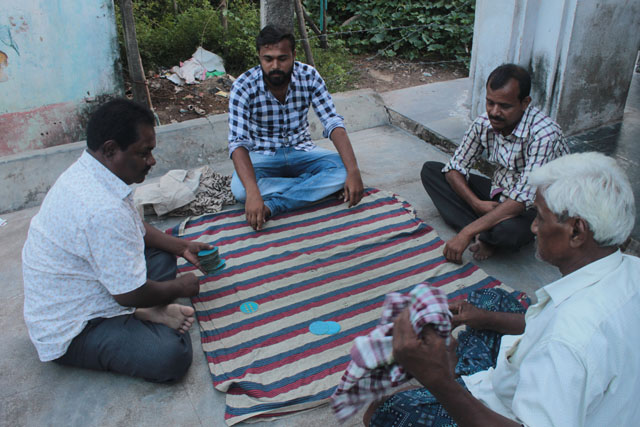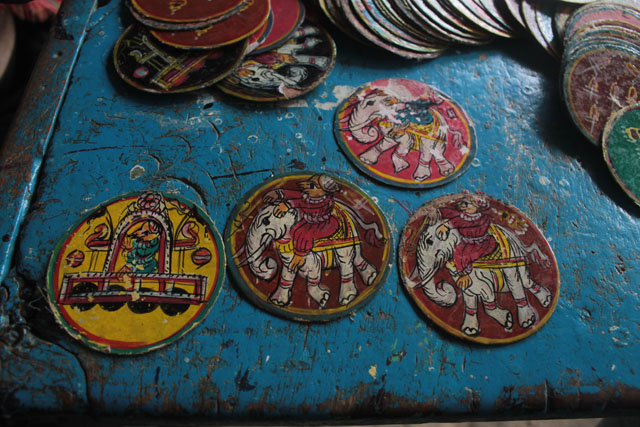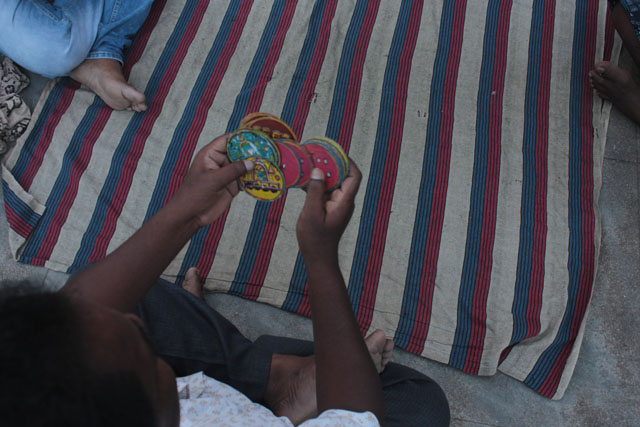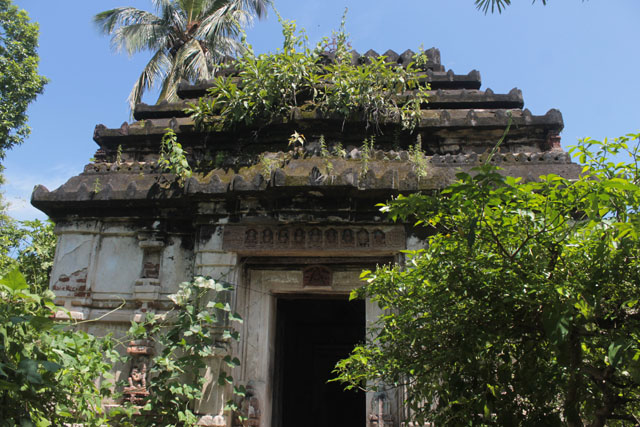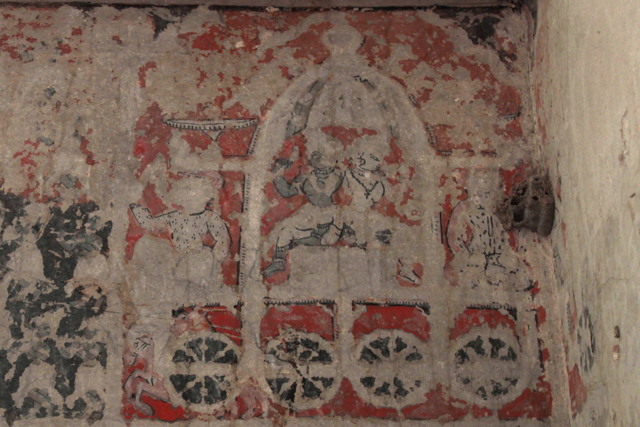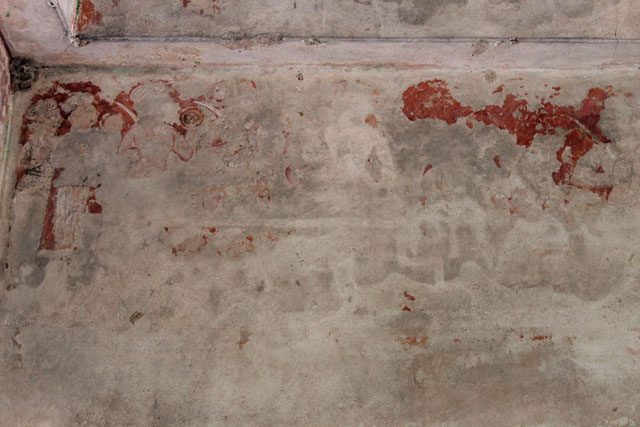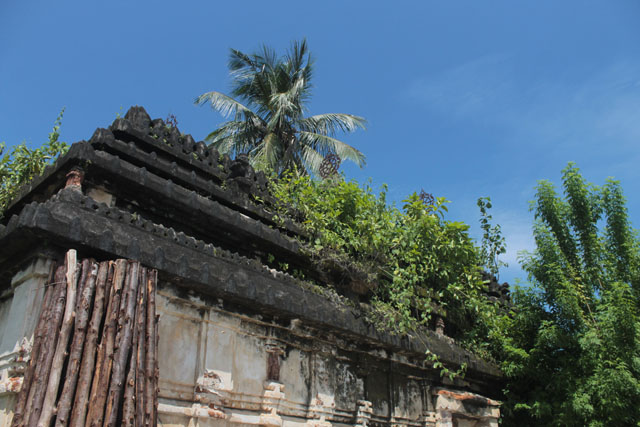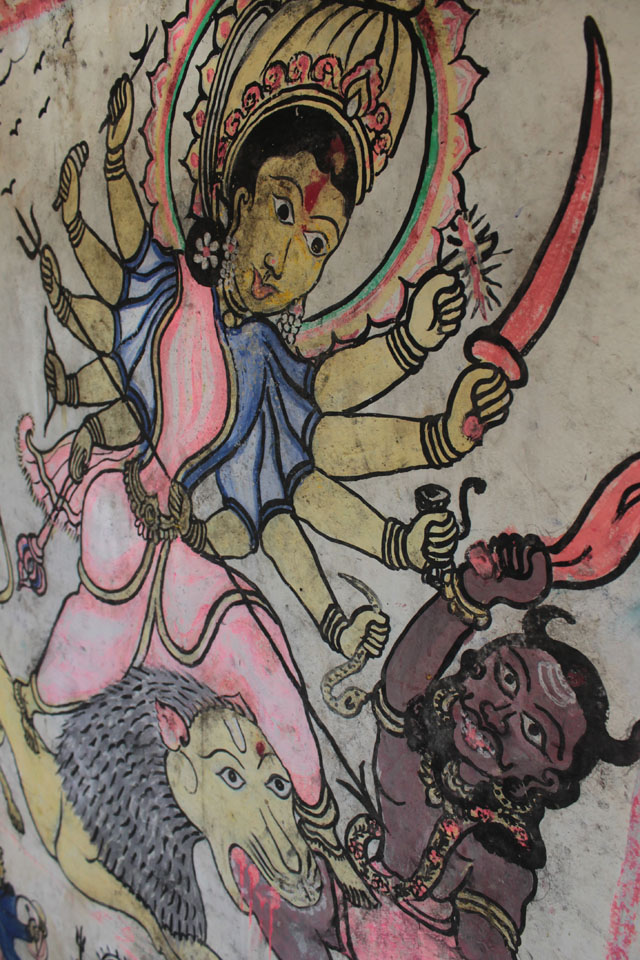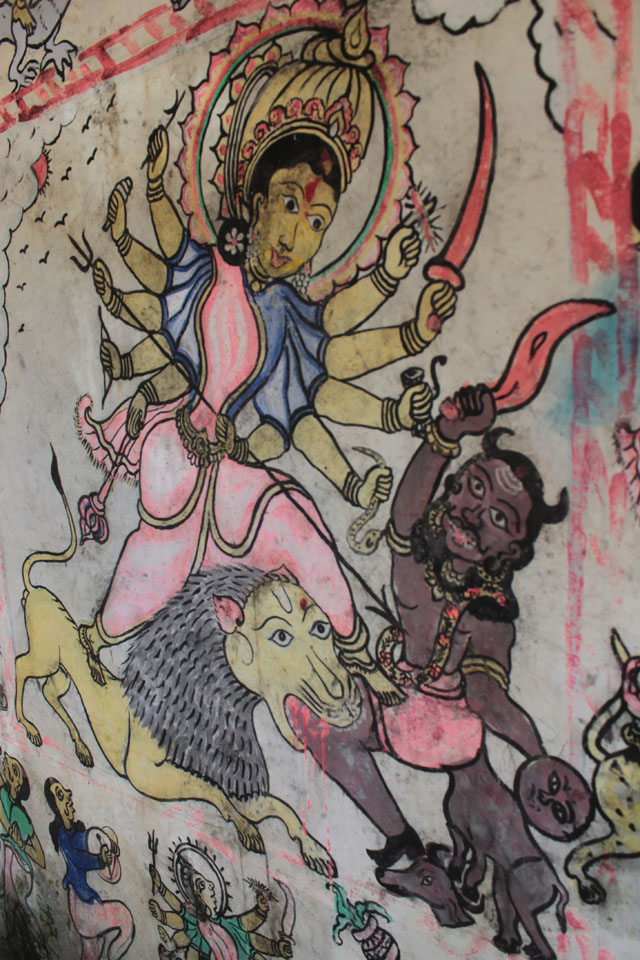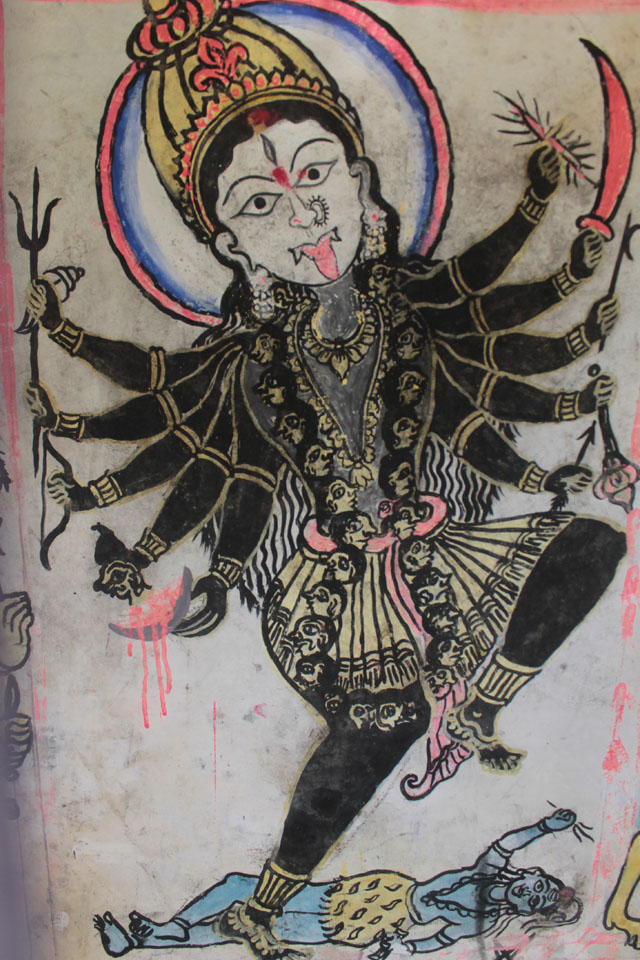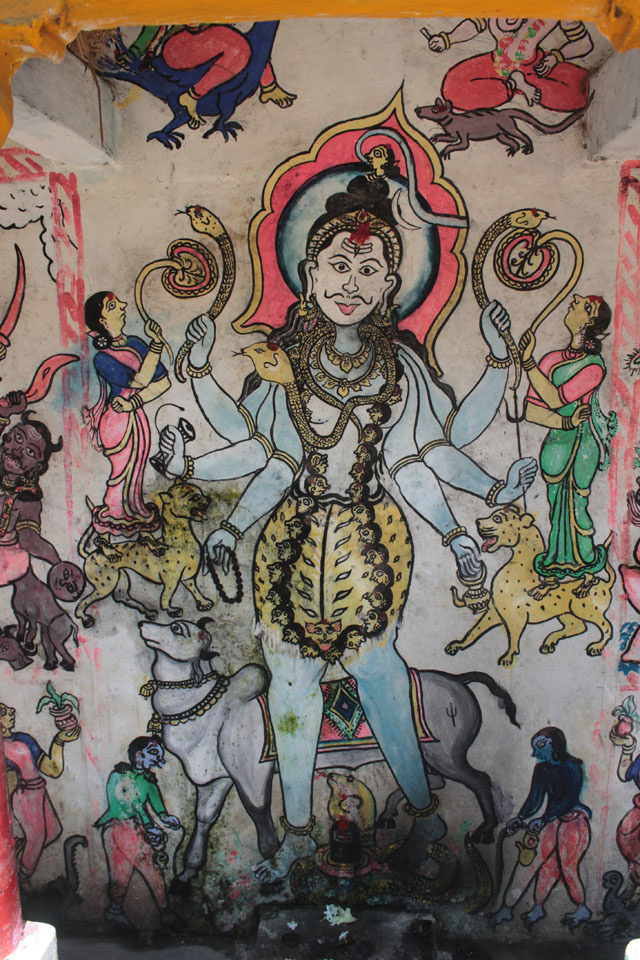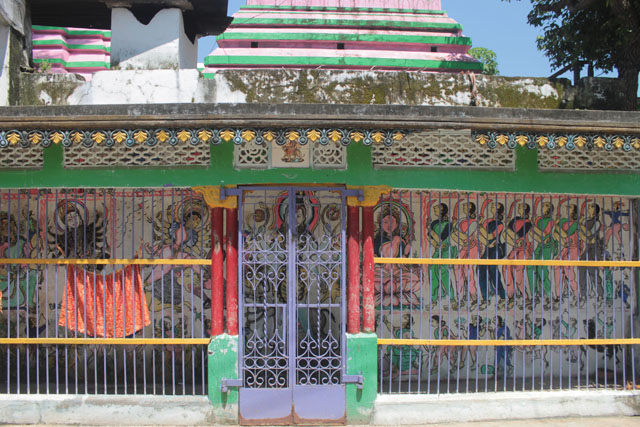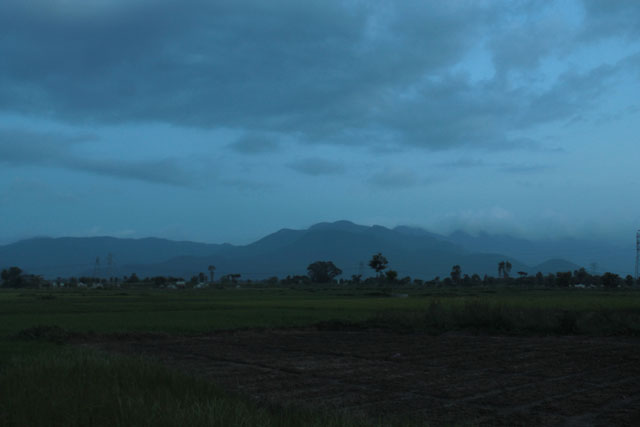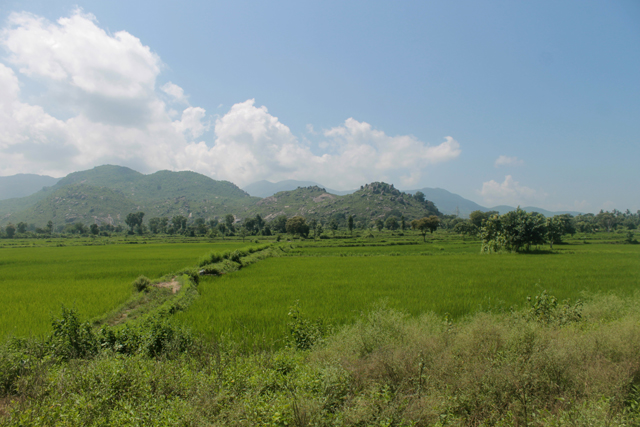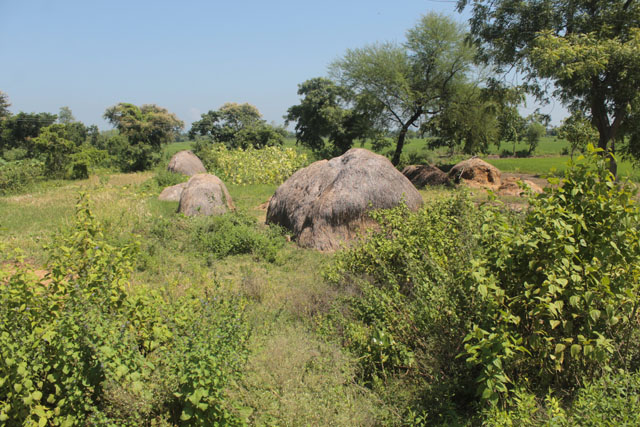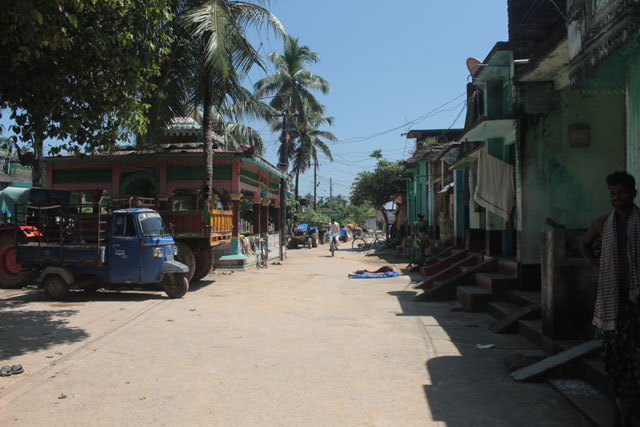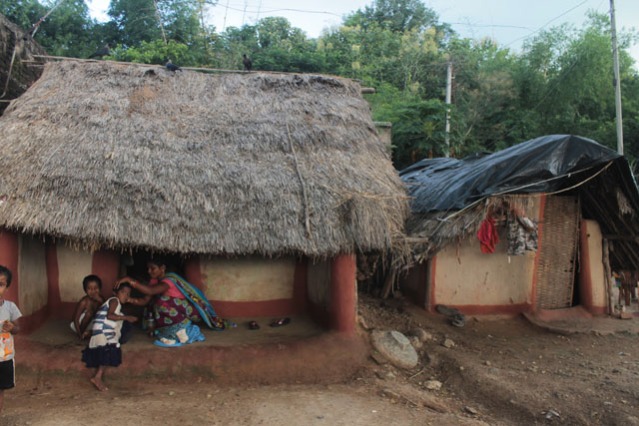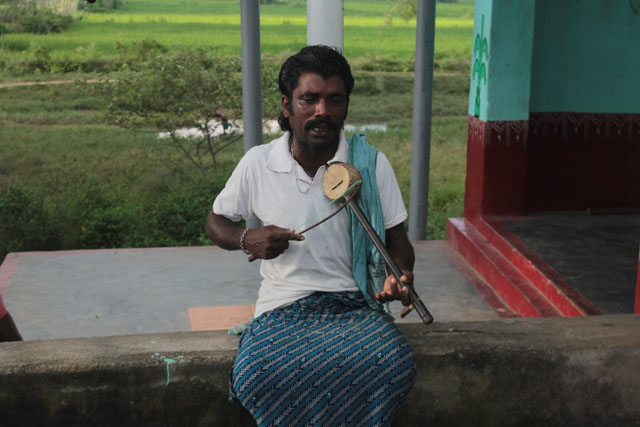Maharaja Krushnachandra Gajapati, the erstwhile ruler of Paralakhemundi State near Andhra – Odisha border was among of the greatest luminaries of Odisha throughout her history. A visionary and passionate soul for art and heritage, Maharaja Krushnachandra Gajapati was one of the first Odias to initiate the movement for separate statehood for the Odia speaking people. The seeds for such a noble initiative were germinated in the Gajapati Palace of Paralakhemundi. Today, the palace though degraded with the ravage of time still stands as an architectural splendour of the colonial past.


When we talk about palaces, Gujarat, Rajasthan, Madhya Pradesh, Maharashtra, Karnataka and Tamil Nadu amuse our mind. However, Odisha was no less splendid when compared to its counterparts. Lack of information and not given due importance, Odisha’s palace heritage is hardly divulged.
Also, Read Here:

The Gajapati Palace in Paralakhemundi is one such architectural wonder, however, sadly its story has not gone beyond its precincts. Designed by British architect Robert Fellows Chisholm, the palace and the fort are influenced by Indo-Sarcanic style combined with Byzantine and European architectural features. A three-storied structure, the palace includes an underground floor connecting it with the main palace of the Maharaja.
Also, Read Here:

The palace was built in the early part of the 19th century and can be compared with the best of the royal palaces built across India in the colonial setting. Its patron was Maharaja Jagannath Gajapati Narayan Dev III. An amount of 24 lakh and 20 thousand had been spent for its construction. Granite pillars, Burma teak beams, Belgian stained glass windows, artistic grills are the key attractions in the palace.
Travel Tips
Paralakhemundi is located on Odisha – Andhra border at a distance of 280 km from Bhubaneswar. The town is both connected by train and bus from all major cities of Odisha and Visakhapatnam in Andhra Pradesh. If you are travelling from Bhubaneswar the best option is to travel by Rajyarani Express which leaves Bhubaneswar Station at 6.20 AM in the morning and arrive at 12.15 PM in Paralakhemundi. Likewise, it leaves Paralakhemundi at 4.30 PM and arrives at Bhubaneswar by 10.30 PM. Paralakhemudi has a few budget hotels for accommodation.





The palace was built in a silver background. All the stairs are provided with long and wide verandahs or corridors. Thick walls made of well-polished red bricks with white lime mortar reveal its marvellous construction skill. At the east-facing entrance of the main gate, two sleeping lions are placed on either side over two raised platform.


Paralakhemundi was the cultural nerve centre of South Odisha. Being close to Andhra Pradesh here one notices heavy Telugu influence in language, dress-code and food habit. Plentiful festivals are celebrated in the daily life of Paralakhemundi throughout the year.
Patronized by the royal family, the Chitrakara Street in Paralakhemundi is celebrated as South Odisha’s finest folk art corridor. Experts in oil painting and woodcraft the maharana chitrakaras of Chitrakara Street make wooden idols of folk gods and goddesses apart from mainstream deities to be used in various festivals. Made in distinctive styles the woodcraft of Paralakhemundi is known for its vibrant colours and folk elements.














The most significant among the paintings are the ganjapa dasavatara sara, the Odia version of round shaped ganjifa playing cards. On the backside of the cards, one finds the depiction of 10 incarnations of Lord Vishnu.


Chitrakaras also make attractive Janukhanda Parasurama Handi. According to the Purana, in Tretaya Yuga, Ramachandra and Parasurama had once met during the exile years. To test the ability of Ramachandra, Parasurama had asked him to hold and break his bow. Ramachandra could qualify easily the test which Parasurama had not expected. Ramachandra asked him to tie an illustrated pot with paintings of dasavatara in his leg and wander to beg. Parasurama had come wandering to the abode of Mahendragiri Mountain, not far from Paralakhemundi. From then on it has become a part of Paralakhemundi tradition to create such beautiful illustrated pots and sold to those desiring spiritual begging.


The hornwork of Paralakhemundi is globally known which are made chiefly out of the horns of cattle and buffalo. The art was originally well-known to the tribal communities of the region. They used to make blowing instruments from the horns. In the later part of the 19th century, this craft was given a big boost by the Gajapati kings of Paralakhemundi. They had engaged skilled maharanas of village Pitala near Aska in Ganjam District. Gradually they started making combs, elephants, horses, prawn, idols of Lord Jagannath and son on.









Paralakhemundi is truly South Odisha’s heritage capital and for me, it has got special attraction as it is my birthplace.


Author – Jitu Mishra
He can be contacted at jitumisra@gmail.com

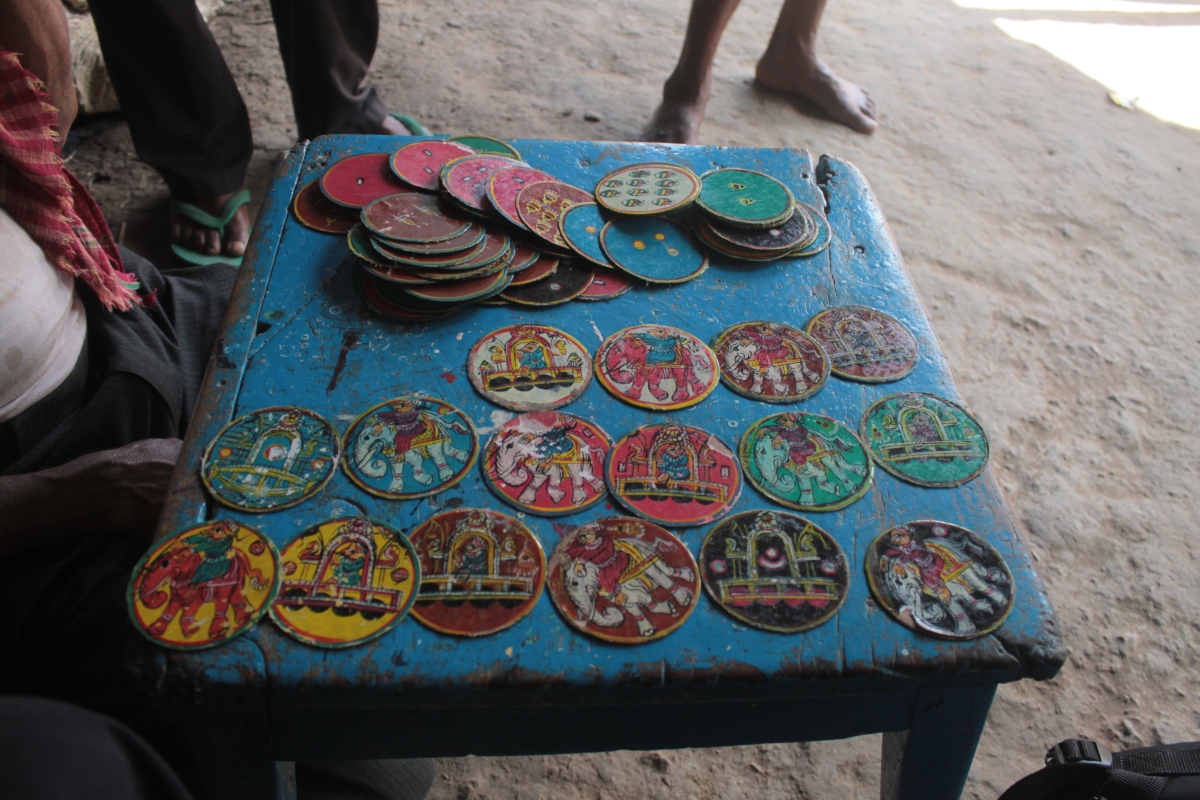
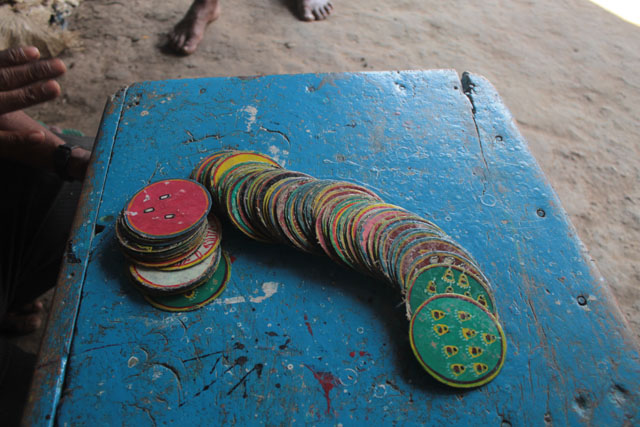


 Sarathi
Sarathi
